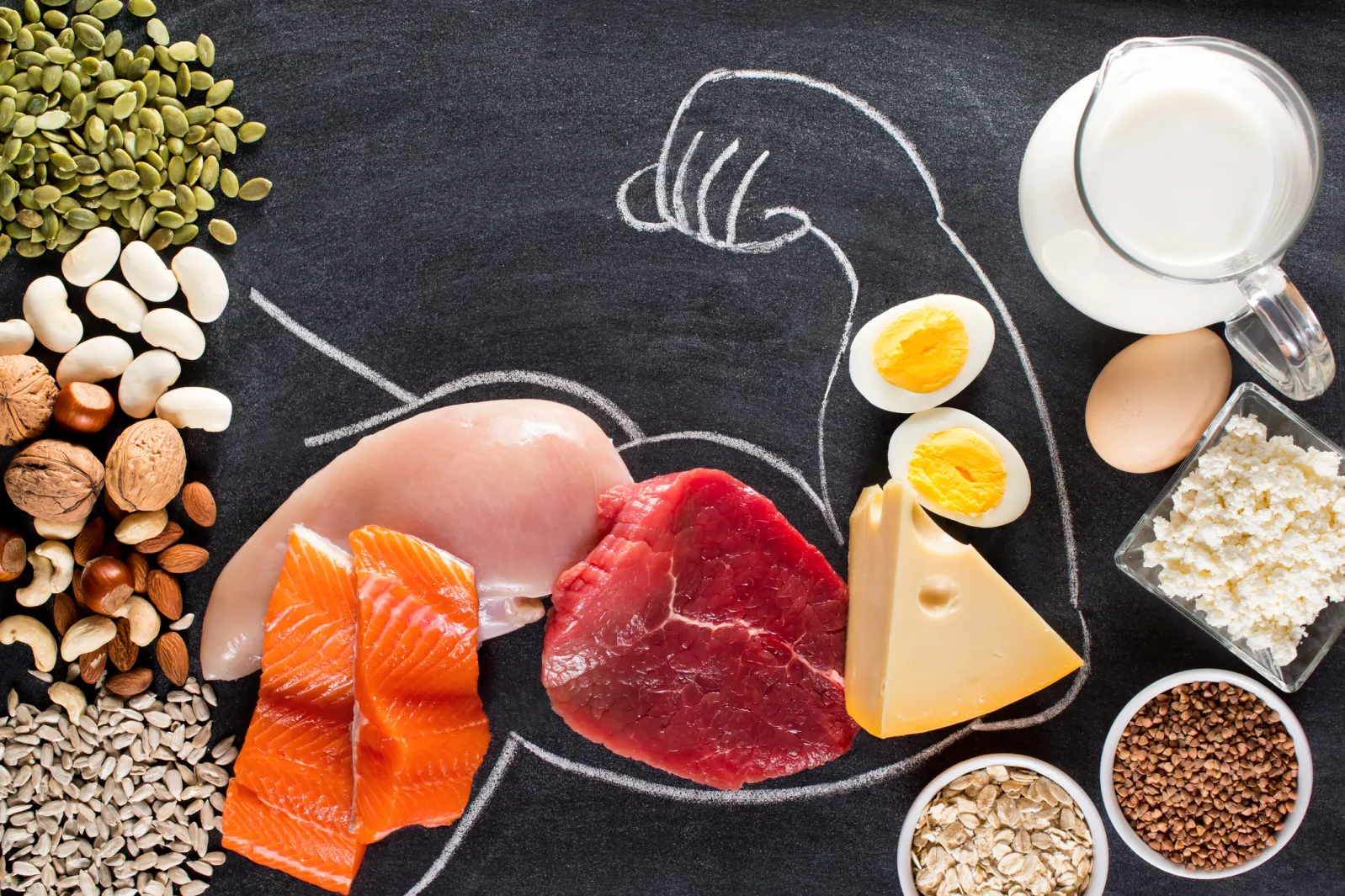Calcium, vitamin D, K2, magnesium, and omega 3. Here’s where the research sits.
To appreciate the role they all play, it helps to remember that bones are constantly being remodeled by two groups of cells: the ones that build new bone and the ones that take away old bone.
Once we’re in post-menopause, the balance leans in favour of the removal team unless we’re doing something to change that.
Most bone nutrients or drugs work by either helping the builders or slowing down the removers.
For example, most of the drugs we’re familiar with (Fosamax, Actonel, Prolia, and so on) reduce bone loss by slowing the removers.
Calcium and vitamin D
Since calcium is the main mineral in bone, having enough of it available (through diet) supports the building team. Vitamin D’s job is to help our body absorb the calcium we eat.
Even if we’re using a bone medication, we still want good levels of calcium and vitamin D because while the medication reduces bone loss, calcium plus vitamin D help to build bone.
The general advice to have adequate levels of calcium and vitamin D hasn’t shifted. Ideally, get your calcium through foods such as fish with bones, cheese, unsweetened yoghurt, tahini, almonds, tofu, and green leafy vegetables. If you can’t do this, get advice about a supplement.
The main sources of vitamin D are usually sunlight and supplements, though we can also get some from eating egg yolks, liver and oily fish. As we move towards winter, make sure you know how you’ll keep your vitamin D levels healthy when there’s less sun around.
Vitamin K2
K2 is thought to support calcium and vitamin D and improve bone quality, as well as helping the builders and slowing the removers.
Although you can buy K2 supplements, it’s found in foods such as poultry livers, fermented vegetables (e.g. sauerkraut, kim chi), hard cheeses (e.g. gouda, manchego, jarlsberg), soft cheeses (e.g. brie), egg yolks, grass fed butter and ghee, ground beef, and natto (Japanese fermented soybeans).
Magnesium
Magnesium also seems to improve the balance between bone building and removal. Food sources include leafy greens, nuts and seeds, avocado, legumes, tuna and dark chocolate (85% cocoa), though it’s widely sold in supplement form if you’re likely to be deficient.
Omega 3 fatty acids
Although research links omega 3 fats to muscle health rather than bone, I’ve included it because bone and muscle work together. And like bone, muscle’s maintained by a balance between build up and breakdown.
We usually focus on dietary protein to support muscle tissue but there might be a role for omega 3 too. A few studies in people over 60 have shown that those with higher omega 3 intake demonstrate faster walking speed, better performance in agility and strength tests, and better balance.
It’s thought that omega 3 supports muscle growth while reducing inflammation. Low grade inflammation is an important cause of muscle and strength loss with age. Some studies have combined exercise and omega 3 because exercise also helps to develop muscle and reduce inflammation.
Food sources of omega 3 include sardines and salmon, walnuts and flax (or linseed).
While K2, magnesium and omega 3 look to be important for bone and muscle, the research is patchy. What we need are big, targeted, well-conducted studies that can provide specific advice.
Until then, you might’ve noticed that some foods cropped up on several lists — oily fish, egg yolks, cheeses, leafy greens, nuts and seeds, etc.
Now’s the time to think about how to include them in our cold weather meals.
Photo Source: Bigstock

